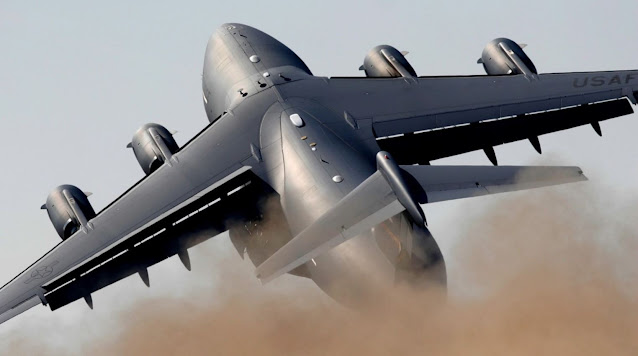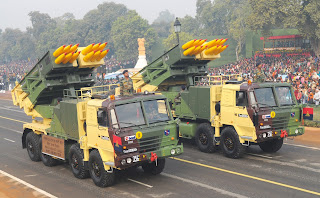A - 400 M Atlas : Silver bullet for Indian military's logistical problems

Wars are won by logistics and India has a dire shortage of logistical aircraft/helicopters. At present, India's best logistical aircraft is C-17. But we have only 11 and rest are in need of replacement being at the end of life stage. On top of it, Boeing has stopped manufacturing more C-17s. This brings us to the conclusion, what next to satisfy India Army, Navy and Air Force logistical needs for air transport. C-17 capacity is 77 tons, while there is no other aircraft of similar capacity available today, There is A-400M with half the payload capacity but can carry diverse missions. e.g. Strategic/tactical lift due to its requirement of shorter runway length (1 km vs 2+ km). This can significantly enhance the fighting power of the military by providing them fast and reliable transport to and from battlefield. Present rotational time of 2+ years of battalions should be significantly reduced to 1+ years to reduce stress on soldiers. And their operational requirements can be met...





